Partnering with a local business when looking to grow can be beneficial to all involved.
The business with whom you’re partnering gets some work and gets exposure, and you get a new product that you can say is truly locally sourced.
That’s a strategy Gervasi Vineyard in Canton, Ohio has found success with over the years, with the most recent example being BLU, its new blueberry liqueur being produced with fruit sourced from nearby Blossom Creek Farm.
Gervasi is a unique winery in that it also produces spirits, coffee and beer in addition to wine, and also has a restaurant on its estate. It sources corn from a local farm to produce bourbon, works with Wholesome Valley Farms to produce and can its marinara sauce and pickled hot peppers, it has a partnership with Berardi’s, a local coffee roaster and producer to create a blend for its Gervasi Caffe line, and, finally, sources Ohio-grown grapes for its winemaking.
“Local partnerships allow us to provide fresh products while supporting local businesses,” said Scott Swaldo, CEO and General Manager of Gervasi Vineyard. “It’s a win-win for us, our partners, and our customers.”
Swaldo said relationship building — not just online research and digital communication — was key when forming partnerships.
“The key for us whether sourcing local or anywhere is to really know our sources by visiting them, having them visiting us, and really making sure the company and the products align with our standards and are a good fit,” Swaldo explained. “You can’t really do this when you buy from an order sheet or online source, so we really learn about our vendors and get to know them on a personal level where possible.”
“Just like making good friends, selecting good partners takes an investment of time and energy. You can’t short cut it and you really need to find the ones that share your values and are willing to work with you to make the relationship mutually beneficial.”
Working with local partners is not without challenges, so paying attention and having contingency plans is key.
“One of the challenges we have faced is making sure you can have consistent supply and the volumes you need,” Swaldo said. “Smaller local producers sometimes don’t have the consistency of available product (or retain it for their own needs) that then forces you to have back up options or seek longer term sources elsewhere.”

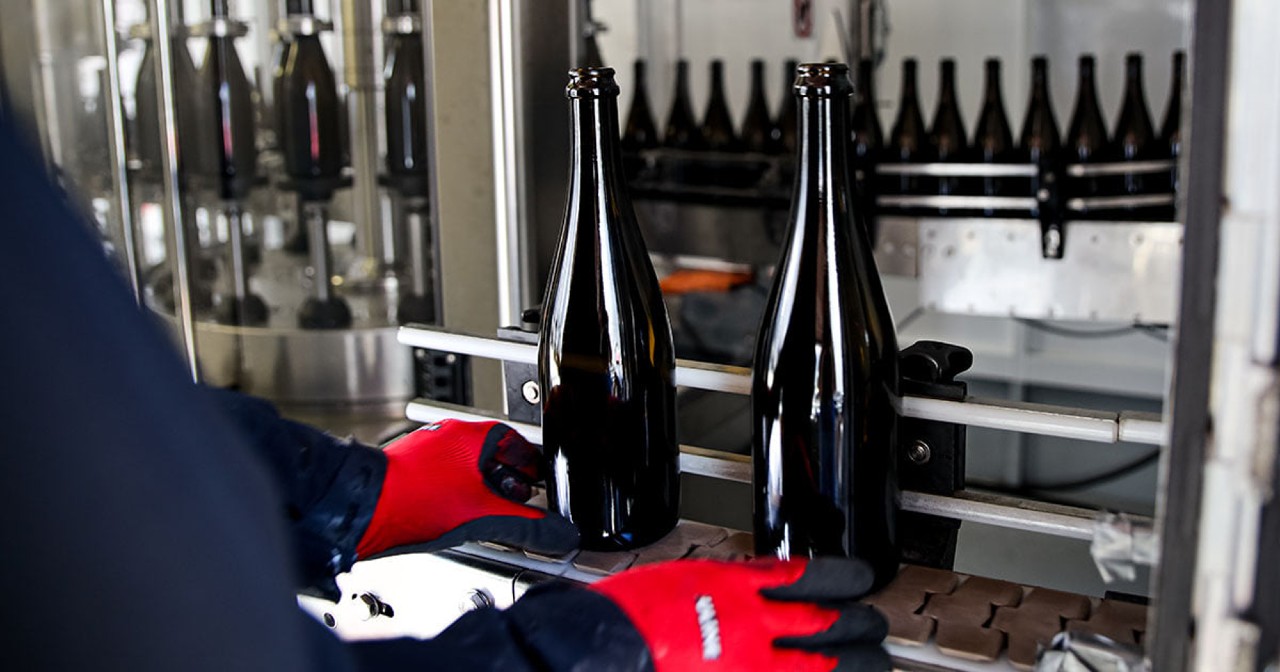
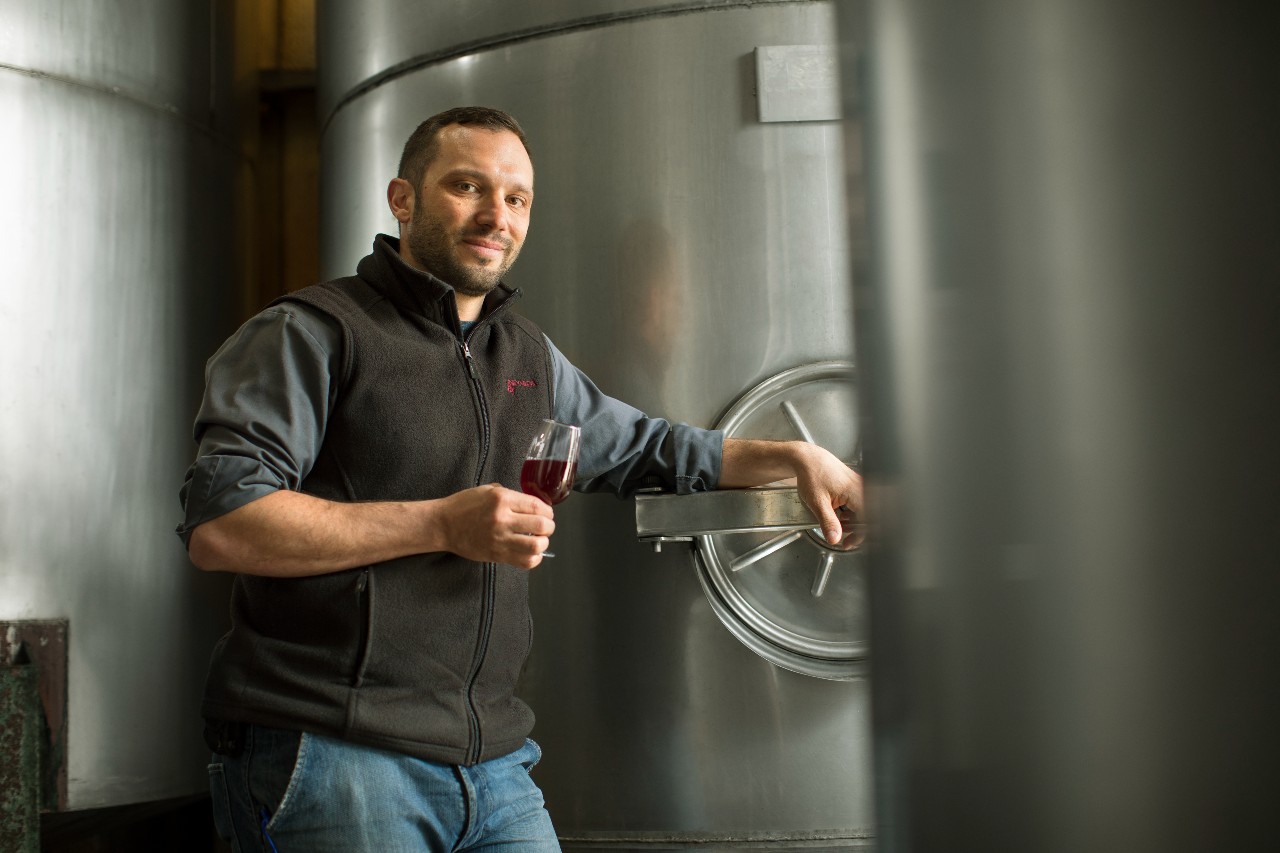
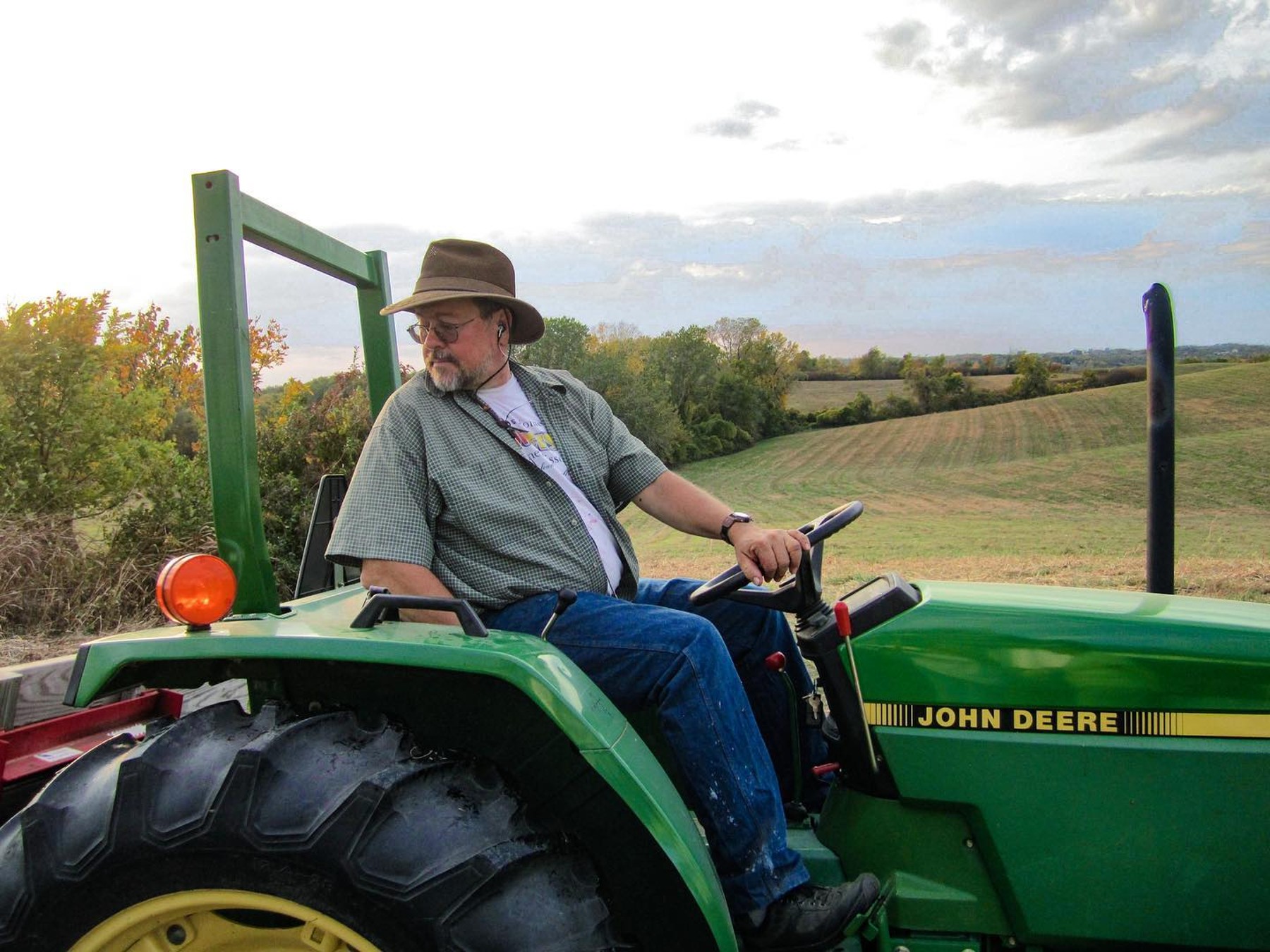
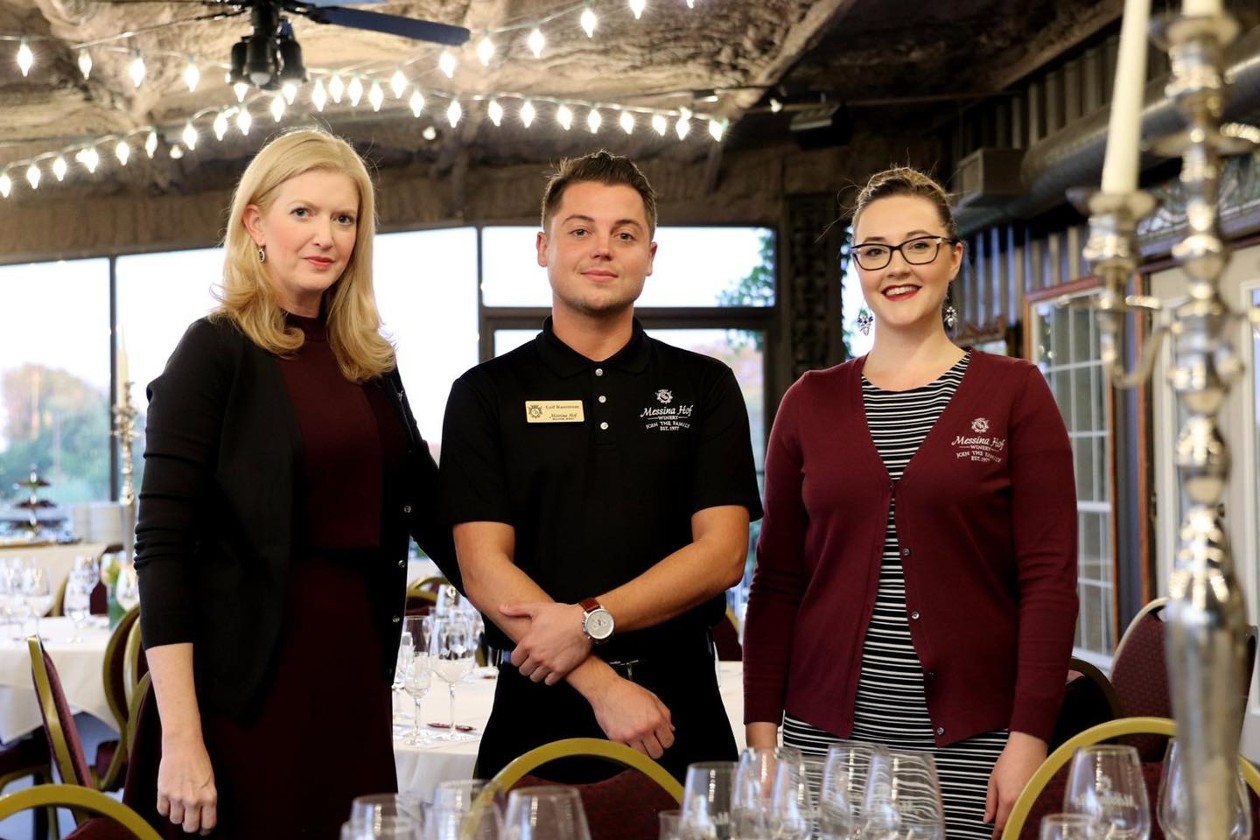
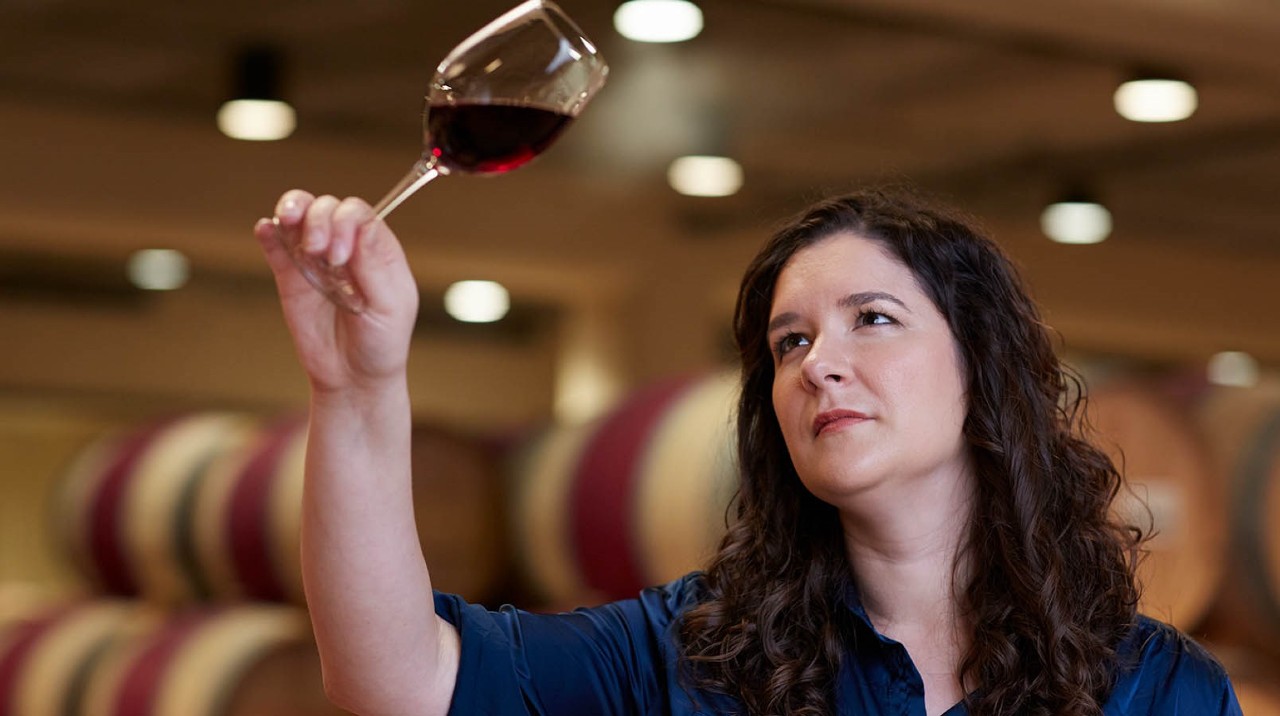


Be the first to comment